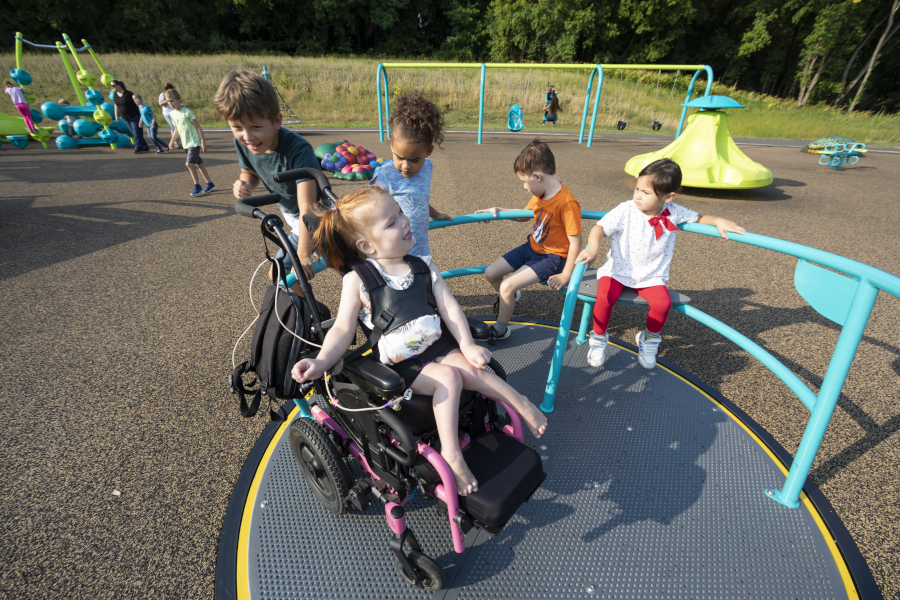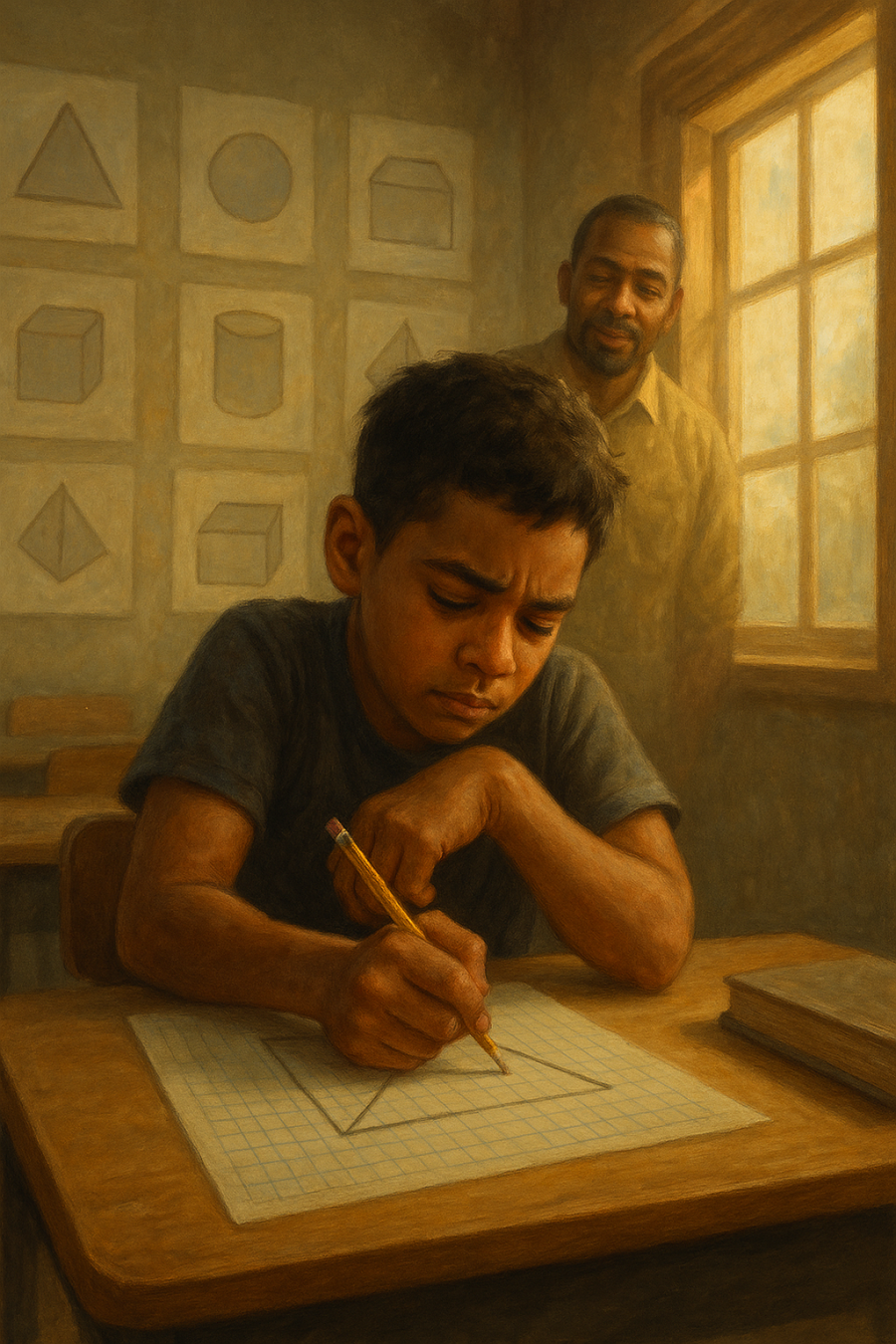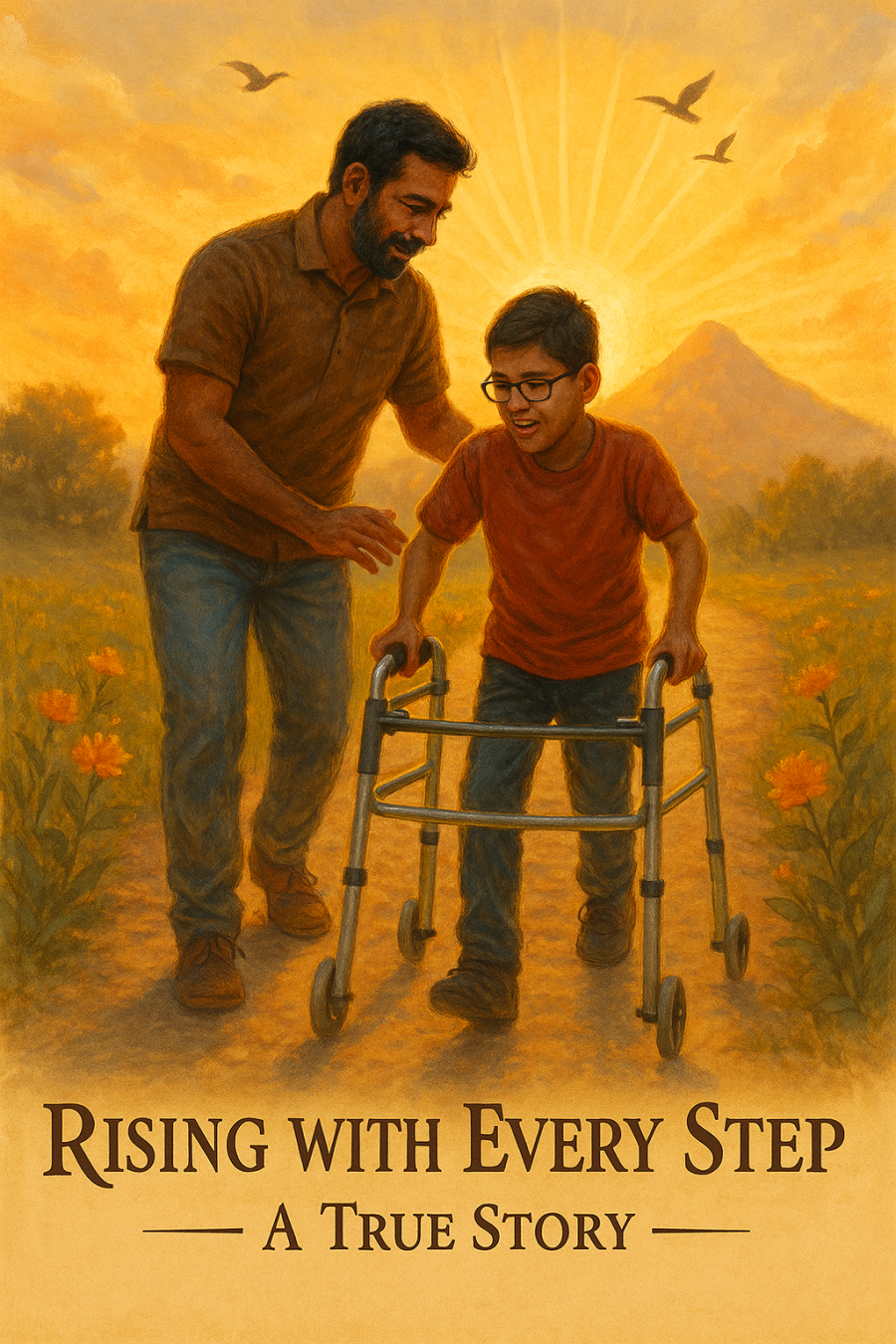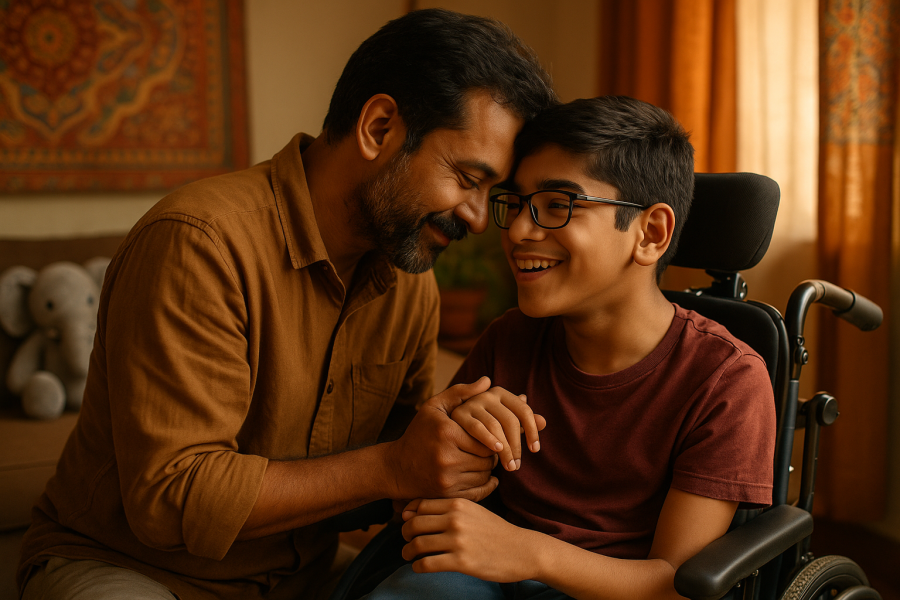- Argentina
- Australia
- Austria
- Bahrain
- Belgium
- Bhutan
- Brazil
- Brunei
- Cambodia
- Canada
- Chile
- China
- Colombia
- Cyprus
- Denmark
- Fiji
- Finland
- France
- Germany
- Greece
- Hong Kong SAR China
- Hungary
- India
- Indonesia
- Iran
- Iraq
- Israel
- Italy
- Japan
- Jordan
- Kenya
- Kuwait
- Luxembourg
- Macau SAR China
- Malaysia
- Maldives
- Mauritius
- Myanmar [Burma]
- Nepal
- Netherlands
- New Zealand
- Norway
- Oman
- Philippines
- Poland
- Portugal
- Qatar
- Russia
- Saudi Arabia
- Singapore
- South Africa
- South Korea
- Spain
- Sri Lanka
- Swaziland
- Sweden
- Switzerland
- Taiwan
- Thailand
- Turkey
- Ukraine
- United Arab Emirates
- United Kingdom
- United States
- Vietnam
- Yemen
- Zimbabwe
How to Choose the Right Equipment for Your Child

How to Choose the Right Equipment for Your Child
1. Understand Your Child’s Needs
-
👩⚕️ Consult a professional – physiotherapist, occupational therapist, or rehabilitation specialist.
-
🧠 Consider your child’s:
-
Physical abilities (mobility, posture, muscle tone)
-
Age and growth stage
-
Daily routine and goals (school, play, therapy)
2. Know the Types of Equipment
🔹 Mobility Aids
-
Wheelchairs (manual/powered)
-
Walkers, crutches, gait trainers
-
Standing frames
🔹 Seating & Positioning
-
Adaptive chairs
-
Special cushions
-
Floor sitters
🔹 Therapy & Support Tools
-
CP chairs, corner chairs, therapy balls
-
Ankle-foot orthosis (AFO), braces
🔹 Daily Living Aids
-
Adaptive toilet seats
-
Bath chairs
-
Communication devices
3. Ensure Safety and Comfort
-
Soft, skin-friendly materials
-
Proper support for spine, hips, and neck
-
Adjustable straps and belts
-
No sharp edges or choking hazards
4. Choose Adjustable and Growable Equipment
-
Look for equipment that grows with your child (height, width, weight)
-
Saves money and reduces frequent replacements
5. Involve Your Child in the Decision
-
Let your child try the equipment
-
Observe how they react – are they comfortable, confident, or hesitant?
-
Consider their preferences (color, feel, independence)
6. Try Before You Buy
-
Visit demo centers or therapy clinics
-
Use trial programs if available
-
Borrow from rehab centers or NGOs temporarily
7. Check for Government Support
-
Apply under the ADIP scheme for free or subsidized devices
-
Use the UDID card to access schemes and support faster
8. Get Trained on Use and Maintenance
-
Learn how to safely use and clean the equipment
-
Ask for a demo from the seller or therapist
-
Schedule regular checks for repairs or adjustments
📌 Extra Tips:
👩⚕️ Consult a professional – physiotherapist, occupational therapist, or rehabilitation specialist.
🧠 Consider your child’s:
-
Physical abilities (mobility, posture, muscle tone)
-
Age and growth stage
-
Daily routine and goals (school, play, therapy)
Wheelchairs (manual/powered)
Walkers, crutches, gait trainers
Standing frames
Adaptive chairs
Special cushions
Floor sitters
CP chairs, corner chairs, therapy balls
Ankle-foot orthosis (AFO), braces
Adaptive toilet seats
Bath chairs
Communication devices
Soft, skin-friendly materials
Proper support for spine, hips, and neck
Adjustable straps and belts
No sharp edges or choking hazards
Look for equipment that grows with your child (height, width, weight)
Saves money and reduces frequent replacements
Let your child try the equipment
Observe how they react – are they comfortable, confident, or hesitant?
Consider their preferences (color, feel, independence)
Visit demo centers or therapy clinics
Use trial programs if available
Borrow from rehab centers or NGOs temporarily
Apply under the ADIP scheme for free or subsidized devices
Use the UDID card to access schemes and support faster
Learn how to safely use and clean the equipment
Ask for a demo from the seller or therapist
Schedule regular checks for repairs or adjustments
-
Avoid buying second-hand unless certified
-
Take measurements carefully
-
Match equipment to home and school setup (narrow doorways, uneven floors, etc.)

 by Admin
by Admin


